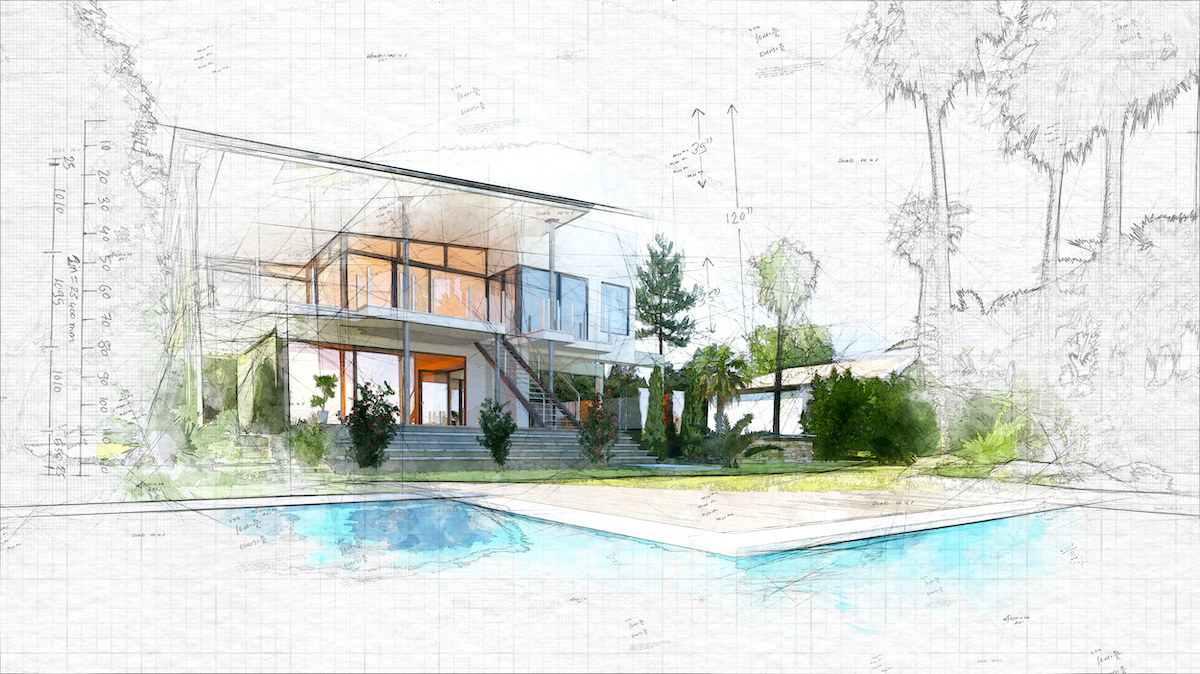The Creative Process Behind Successful Tasks from CDA Architects
The Creative Process Behind Successful Tasks from CDA Architects
Blog Article
Recognizing the Collaborative Process Between Designers and Designers in Modern Building Projects
The joint procedure between architects and designers is crucial in contemporary building projects, as it harmonizes layout intent with design expediency. Exploring these characteristics discloses insights that could significantly impact task results and general industry criteria.
The Relevance of Cooperation
The joint harmony between architects and engineers is crucial for the effective awareness of any building and construction task. This collaboration combines distinct know-how and point of views, enabling the assimilation of ingenious design with sensible engineering solutions. By interacting, architects and designers can guarantee that a job not only fulfills aesthetic and functional demands but additionally abides by safety and security, sustainability, and budgetary restraints.
Collaboration cultivates a shared vision, helping with the placement of goals and expectations from the start. This alignment is critical in attending to possible challenges and mitigating dangers that can occur during the project lifecycle. In addition, a collaborative method allows for the efficient appropriation of resources, optimizing both time and cost.
The relevance of cooperation reaches the iterative procedure of style and building and construction, where responses from designers can inform architectural decisions, resulting in more practical and lasting styles. Alternatively, engineers can motivate designers to assume artistically concerning just how to attain architectural honesty without endangering imaginative intent. Inevitably, the joint connection in between designers and engineers is not merely useful; it is essential to the creation of premium, practical, and innovative built settings that fulfill the demands of society.
Communication Techniques and Devices
Reliable interaction methods and tools are vital for cultivating cooperation between architects and designers throughout the task lifecycle. Establishing clear channels of interaction is crucial to make certain that all group members are aligned with task goals, timelines, and obligations. Routine meetings, both in-person and digital, offer opportunities for stakeholders to review development, address issues, and make educated choices.

Furthermore, taking on collaborative interaction tools, such as Slack or Microsoft Teams, permits instantaneous messaging, file sharing, and continuous conversations, promoting a much more dexterous reaction to arising issues. Paper management systems likewise play a critical role in arranging task paperwork, making certain that all team participants have accessibility to the most up to date info.
Shared Objectives and Task Vision
An unified job vision acts as the structure for effective collaboration between designers and designers (cda architects). This common vision not just straightens the initiatives of both events yet additionally develops a common structure for decision-making throughout the task's lifecycle. By articulating clear objectives, stakeholders can effectively navigate the complexities of modern construction projects, ensuring that review both aesthetic and functional needs are fulfilled
Developing common objectives entails open discussion and a detailed understanding of each technique's payments. Engineers normally concentrate on style intent, spatial connections, and user experience, while engineers stress architectural stability, systems capability, and conformity with guidelines. When these point of views are aligned, the result is a natural job that follows both creative aspirations and technological expediency.
Moreover, a distinct task vision promotes accountability amongst team participants, encouraging each participant to take possession of their duty in achieving the wanted result. Normal check-ins and joint workshops can even more strengthen this commitment, enabling modifications to be made as the task advances. Inevitably, a common vision not only improves synergy however likewise boosts the quality of the final deliverable, leading to successful job completion.
The Role of Innovation
Leveraging modern technology has come to be important in enhancing partnership in between architects and engineers. The integration of advanced software program tools promotes real-time interaction and details sharing, making it possible for groups to work extra efficiently and successfully. Building Details Modeling (BIM) sticks out as an essential technology, enabling both designers and engineers to create comprehensive 3D models that envelop style intent and architectural integrity. This shared graph lessens misunderstandings and improves the decision-making procedure.
Moreover, cloud-based systems allow smooth collaboration, enabling job stakeholders to access and update task data from anywhere. This cultivates a culture of openness and liability, as changes can be tracked and reviewed in real-time. Furthermore, mobile applications additional enhance interaction, providing on-site teams with instant access to project requirements and updates.
Emerging technologies such as expert system and machine knowing are additionally starting to play a function in predictive analysis, assisting teams identify prospective concerns before they occur. Eventually, that site the role of technology in architecture-engineering collaboration not only boosts workflow efficiencies yet also boosts advancement, causing even more successful task results. By welcoming these technological improvements, architects and designers can ensure a more natural and effective collective process throughout the building lifecycle.
Study in Effective Partnerships
Countless study show the profound influence of efficient collaborations view website in between engineers and designers on job results. One significant instance is the partnership on the High Line in New York City, where landscape engineers, designers, and metropolitan organizers collaborated to transform a deserted rail line into a dynamic public park. This multidisciplinary method not just boosted the aesthetic top quality however also ensured architectural security and ecological sustainability.

The Burj Khalifa in Dubai further demonstrates the value of collective initiatives - cda architects. The assimilation of style and design knowledge allowed the project team to accomplish unmatched heights while adhering to safety guidelines and visual vision
These examples emphasize the significance of communication, trust fund, and shared goals. In today's intricate building and construction atmosphere, such collaborations are vital to navigating difficulties and providing jobs that satisfy both practical and visionary objectives.
Verdict
In final thought, the partnership in between engineers and engineers is necessary for the success of contemporary building and construction tasks. Efficient interaction techniques, a shared job vision, and the assimilation of innovative technologies are vital parts that promote this partnership.
Report this page